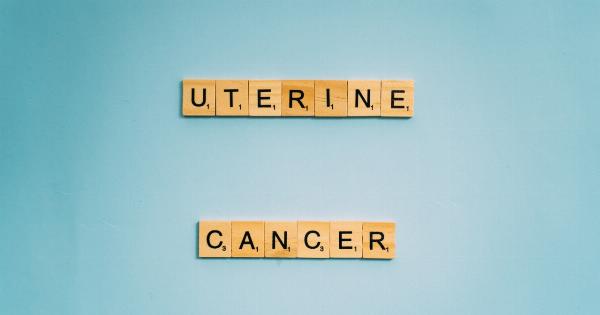Fibroids are benign tumors that grow in the uterus. While they don’t always cause symptoms, they can sometimes lead to heavy menstrual bleeding, pelvic pain, and other uncomfortable symptoms.
One question that many women have about fibroids is whether or not they can turn into cancer.
What Are Fibroids?
Fibroids are non-cancerous growths that develop in the uterus. They are also sometimes referred to as uterine fibroids, myomas, or leiomyomas. Fibroids can vary in size, ranging from as small as a seed to as large as a grapefruit.
Some women have one fibroid, while others may have multiple fibroids. While the exact cause of fibroids is not known, it is thought that estrogen and progesterone play a role in their growth.
Can Fibroids Turn Into Cancer?
The good news is that fibroids are almost always benign (non-cancerous). In fact, less than 1% of fibroids will turn into cancer, according to the American College of Obstetricians and Gynecologists. In general, fibroids are not considered a cancer risk.
There is, however, a type of fibroid called a “leiomyosarcoma” that is cancerous. This type of fibroid is extremely rare, and is estimated to occur in less than 1 in 1,000 cases of fibroids.
Leiomyosarcomas are fast-growing tumors that can spread to other parts of the body. If you are diagnosed with a leiomyosarcoma, your doctor will work with you on a treatment plan.
How Are Fibroids Diagnosed?
If you suspect that you may have fibroids, your doctor will likely perform a pelvic exam to check the size and shape of your uterus. They may also order an ultrasound or MRI to get a better look at your uterus and fibroids.
In some cases, a biopsy may be necessary to confirm the diagnosis.
How Are Fibroids Treated?
The treatment for fibroids will depend on a number of factors, including the size and location of the fibroids, your symptoms, and whether or not you plan to have children in the future. Some treatment options include:.
1. Watchful Waiting
If your fibroids are small and not causing any symptoms, your doctor may recommend just monitoring them over time to see if they grow or cause any problems.
2. Medications
There are a variety of medications that can help manage the symptoms of fibroids, including pain relievers, hormonal birth control, and hormonal therapies that can help shrink the fibroids.
3. Minimally Invasive Procedures
There are several minimally invasive procedures that can be used to treat fibroids, including uterine artery embolization, myolysis, and radiofrequency ablation.
These procedures work by cutting off the blood supply to the fibroids, causing them to shrink.
4. Surgery
In some cases, surgery may be necessary to remove fibroids. This can be done through a myomectomy, which removes the fibroids while leaving the uterus intact, or a hysterectomy, which removes the entire uterus.
Hysterectomies are only recommended in cases where the fibroids are causing severe symptoms and other treatment options have not been successful.
Conclusion
Fibroids are a common condition that affect many women. While they can cause uncomfortable symptoms, most fibroids are benign and do not turn into cancer.
If you are experiencing symptoms of fibroids, it’s important to talk to your doctor about your treatment options.





























